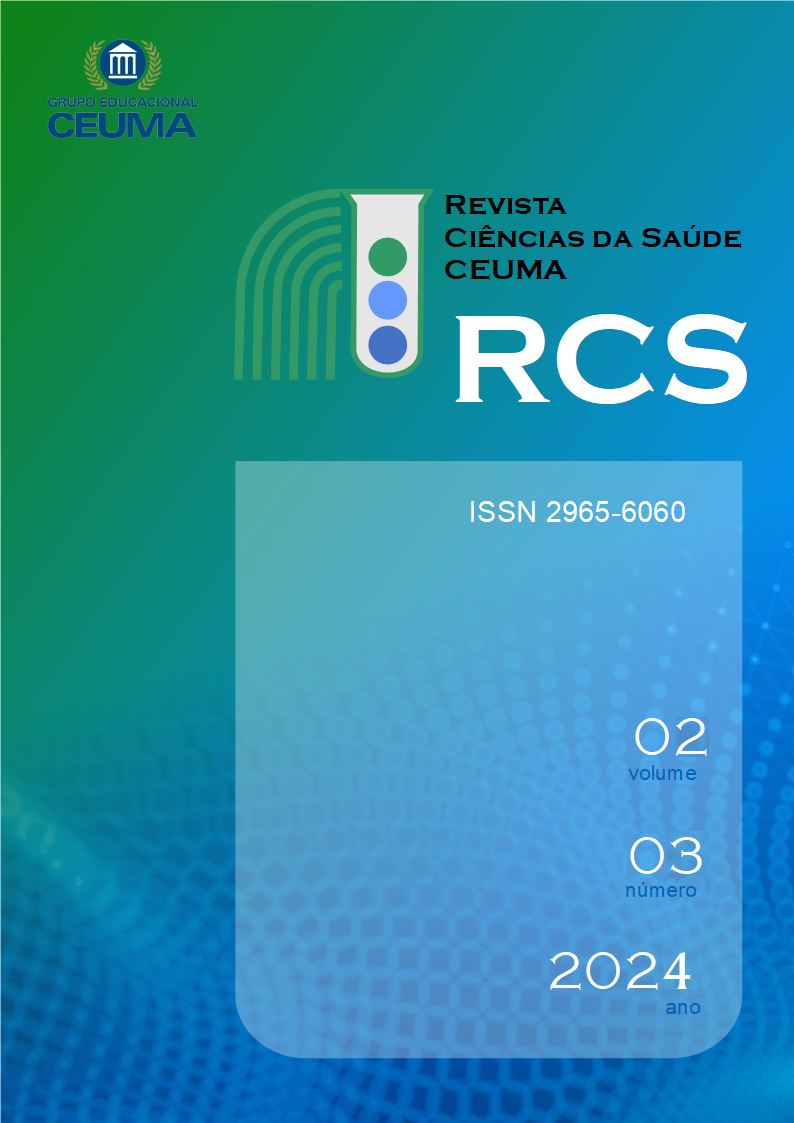Modelo preditivo do desempenho de ciclistas durante competição de rua simulada
DOI:
https://doi.org/10.61695/rcs.v2i3.54Palavras-chave:
WPICO, Validade ecológica, Ciclismo, CorrelaçãoResumo
Variáveis fisiológicas obtidas em testes do tipo abertos ou fechados são sugeridas para predizer o desempenho atlético em ciclistas. Contudo, não se sabe quais destas variáveis conseguiriam explicar melhor o desempenho no ciclismo. Este estudo analisou quais variáveis poderiam predizer o desempenho em um simulado de ciclismo (63,5km). Ciclistas (n=15) foram submetidos a diferentes testes para a obtenção das seguintes variáveis: VO2MAX, WPICO, LAn e o TLIM. Em adição, testes fechados de 20 km (TT20km) e 5 km (TT5km), foram realizados. Significantes correlações foram observadas entre o desempenho no simulado de ciclismo e a WPICO (r= -0,83; p= 0,00), o TT20km (r= 0,71; p= 0,00), e a WLAn (r= -0,63; p= 0,01). Modelos regressivos simples e múltiplos Stepwise apresentaram a WPICO e o TT20km como as variáveis a prover as melhores estimativas, com menor erro padrão de estimativa (< 3 minutos). Contudo, a WPICO foi a única variável a entrar no modelo regressivo múltiplo, explicando 68% da variância do tempo. Apesar do apelo teórico apontando maior validade ecológica nos testes fechados, foi uma variável derivada do teste aberto, a WPICO, a melhor explicar o rendimento na competição simulada.
Downloads
Referências
ALEJO, L.B; MONTALVO-PÉREZ A, VALENZUELA PL, REVUELTA C, OZCOIDI LM, DE LA CALLE V, MATEO-MARCH M, LUCIA A, SANTALLA A, BARRANCO-Gil D. Comparative analysis of endurance, strength and body composition indicators in professional, under-23 and junior cyclists. Frontiers in Physiology, 2022, 5;13:945552.
BALMER, J.; DAVISON, R.C.; BIRD, S.R. Peak power predicts performance power during an outdoor 16.1-km cycling time trial. Medicine & Science in Sport & Exercise. 2000; 32(8):1485-1490.
COETZEE, B.; MALAN, D. Laboratory-based physical and physiological test results that serve as predictors of male, amateur road cyclists' performance levels. Journal of Strength and Conditioning Research. 2018. 32(10): 2897-2906.
FARIA, E.W.; PARKER, D. L.; FARIA, I.E. The science of cycling: Physiology and Training Part I. Sports Medicine. 2005.35(4):285-312.
HAWLEY, J.A.; NOAKES, T.D. Peak power output predicts maximal oxygen uptake and performance time in trained cyclists. European Journal Apply Physiology. 1992; 65:79-83.
WESTGARTH-TAYLOR, C. Metabolic and performance adaptation to interval training in endurance-trained cyclists. European Journal Apply Physiology.1997; 75(4): 298-304.
LAMBERTS, R.P.; LAMBERT M.I.; SWART J.; NOAKES T.D. Allometric scaling of peak power output accurately predicts time trial performance and maximal oxygen consumption in trained cyclists. British Journal Sports Medicine. 2012; 46:36–41.
LAURSEN, P.B. Reliability of time-to-exhaustion versus time-trial running tests in runners. Medicine & Science in Sport & Exercise. 2007; 39(8):1374-1379.
LINDSAY, F.H.; HAWLEY, J.A.; MYBURGH, K.H.; SCHOMER, H.H.; NOAKES, T.D.; DENNIS S.C. Improved athletic performance in highly trained cyclists after interval training. Medicine & Science in Sport & Exercise. 1996. 28:1427-1434.
LUCIA, A. Heart rate and performance parameters in elite cyclists: a longitudinal study. Medicine & Science in Sport & Exercise. 2000; 32(10):1777-1782.
LUCIA, A. Physiological differences between professional and elite road cyclists. International Journal Sports Medicine.1998; 19(5): 342-348.
LUCIA, A.; HOYOS, J.; PEREZ M. Inverse relationship between VO2max and economy/efficiency in world-class cyclists. Science Sports Exercise. 2002; 34: 2079-2084.
MUJIKA, I.; PADILLA S.; Physiological and performance characteristics of male professional road cyclists. Sports Medicine. 2001; 31: 479-87.
NOAKES, T.D. Fatigue is a brain-derived emotion that regulates the exercise behavior to ensure the protection of whole-body homeostasis. Frontier in Physiology.2012; V.3:82.
NOAKES, T.D. Maximal oxygen uptake: “classical” versus “contemporary” Viewpoints: a rebuttal. Medicine & Science in Sport & Exercise.1998; 30(9):1381-1398.
REVUELTA, C.; ALEJO L.B.; VALENZUELA, P.L.; MONTALVO-PEREZ, A.; de La CALLE, V.; AGUNDEZ, A.; LUCIA, A.; BARRANCO-GIL, D. Time-course changes of field- and laboratory-based performance indicators in junior cyclists through a season. International Journal Sports Medicine. 2024; 45(6):443-449.
SHARMA, A. P.; ELLIOTT, A. D.; BENTLEY, D. J. (2015). Reliability and validity of a new variable-power performance test in road cyclists. International Journal of Sports Physiology and Performance. 2015; 10(3):278-284.
SMITH, M.F. Reliability of mean power recorded during indoor and outdoor self-paced 40 km cycling time-trials. International Journal Sports Medicine. 2001; 22(4): 270-274.
SWENSEN, T.C.; HARNISH, C.R.; BEITMAN, L.; KELLER, B. Noninvasive estimations of the maximal lactate steady state in trained cyclists. Medicine & Science in Sport & Exercise. 1999; 31:742-746.
SITKOWSKI, D.; MALCZEWSKA-LENCZOWSKA, J.; ZDANOWICZ, R.; STARCZEWSKI, M.; POKRYWKA, A.; ŻMIJEWSKI, P.; FAISS, R. Predicting future athletic performance in young female road cyclists based on aerobic fitness and hematological variables. International Journal of Sports Physiology and Performance. 2024, 19(9): 890-896.
VALENZUELA, P.L.; ALEJO, L.B.; LUCIA, A.; BARRANCO-GIL, D. What does it take to become a professional cyclist? A laboratory-based longitudinal analysis in competitive young riders. International Journal of Sports Physiology and Performance. 2023;18(11):1275-1282.
ZAVORSKY, G.S. Laboratory 20-km cycle time trial reproducibility. International Journal Sports Medicine. 2007; 28(9):743-748.
Downloads
Publicado
Como Citar
Edição
Seção
Licença
Copyright (c) 2024 Bruno Ryker Moraes, Renato André Sousa da Silva, Flávio de Oliveira Pires

Este trabalho está licenciado sob uma licença Creative Commons Attribution 4.0 International License.

